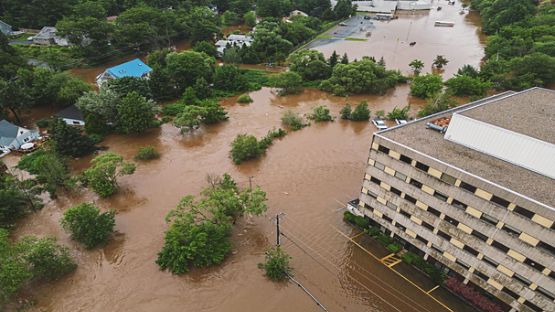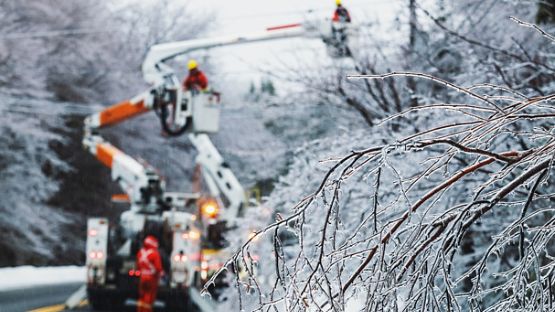No matter how technologically advanced the metal manufacturing industry is becoming, all processes – new and old – pose potential liabilities to your business, but you can put in place a variety of procedures and safeguards to mitigate your risks. The following metal manufacturing processes require proper operational risk management to ensure the ongoing safety of your workers and the viability of your overall operations.
Dyes, patterns and forms
Faults at this stage of the manufacturing process can have far-reaching repercussions. In addition to mandating personal protection equipment (PPE) for all workers, reduce critical errors by following these tips:
- Ensuring a skilled workforce with mandatory ongoing training
- Establishing preventative maintenance measures to lessen the risk of tool breakage and malfunction
- Checking raw materials for defects
Painting
Paints, coatings, primers and lacquers create mists and vapours when sprayed, which poses many negative health effects caused by solvents such as xylene, ketones, lead and zinc. The following measures can help prevent problems:
- Require that all workers wear proper personal protection equipment
- Provide adequate training for handling chemicals
- Post health safety standards in a place that is accessible to all employees
- Provide stations
- Provide workers with access to Materials Safety Data Sheets (MSDS)
- Post 'no source of ignition' signs on the premises
- Follow proper storage, cleaning and disposal techniques
- Consider alternative products such as water-based paints and coatings
Powder coating
Be sure you are meeting or exceeding all regulatory laws, including local fire regulations at a municipal level, and ensure that workers wear their personal protection equipment at all times. Being aware of the possible risks associated with powder coating can also help you prevent safety incidents. Powder coating hazards include the following:
- Health: Inhalation or contact with hazardous materials
- Electrical: Ineffective grounding
- Compressed air: Airborne particles or improper usage of spraying tools and equipment
- Fire: Improper or lack of safety features such as sprinklers, fixed extinguishing systems and ventilation interlocks
Ovens and dryers
Explosions and fires in metal manufacturing processes are rare, but the risk is significantly increased with the use of ovens and dryers. Reduce the likelihood of an incident with the following:
- Regularly scheduled inspections and maintenance
- Thermostatic controls with programmable shutoff temperatures
- Implementation of an automated cycle that purges flammable material before an oven is turned on
- Emergency shutdown procedures when ventilator, exhaust or conveyor systems stop
- Proper routing of ductwork with manual emergency shutdown override
- Removal of residue from within ventilation systems
Hot works
Combustion is an ongoing risk with hot works. Lessen or eliminate possible combustion incidents by addressing these factors:
- Ensure that proper fire extinguishing equipment is readily available and that employees wear personal equipment
- Keep proper distance in activities that co-mingle the fumes of both metal and metal oxide particles, which can produce combustion
- Material created from hot works can scatter more than 35 feet. It’s vital to relocate, wet down and use mandated blankets or curtains as prevention tools
- Institute a hot work permit system
Supply chain
Knowledge of each participant in your supply chain will aid in preventing your company from being vulnerable to risk throughout the supply chain process. Here are some supply chain suggestions for you to follow:
- Consistently have adequate raw material on hand, monitor workflow and ensure orders and supply requirements are met
- Conduct an impact analysis to identify potential issues if one line of production or supply is compromised
- Diversify your sources so you have options for meeting supply and transit demands
- Keep up-to-date records of both customer and supplier orders and deliveries
Insurance coverage
Your insurance broker is a valuable source of information for improving operational risk management within your business. Contact your broker for additional information or for any questions you have about protecting your business. If you don’t have a broker, use our Find a Broker tool to find one in your area today.
Sources
Canadian Metal Worker. (n.d.). Retrieved from https://www.canadianmetalworking.com/
Injuries Common to Metal Fabrication. (n.d.). Retrieved from Custom Manufacturing & Fabrication: https://www.thomasnet.com/articles/custom-manufacturing-fabricating/metal-fabrication-injuries
Tanner, R. (2009, April 1). Controlling Hot Work Fire Hazards. Retrieved from OHS Online: https://ohsonline.com/Articles/2009/04/01/Controlling-Hot-Work-Fire-Hazards.aspx













